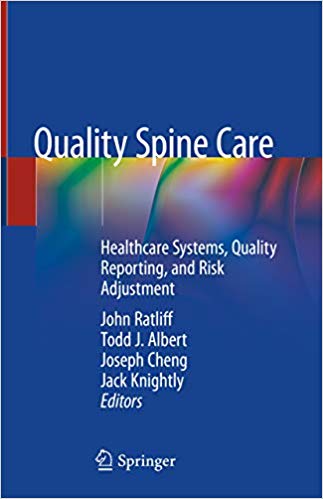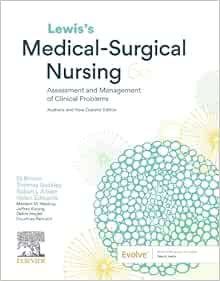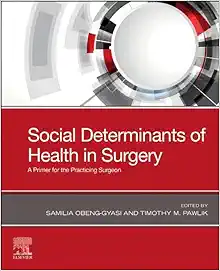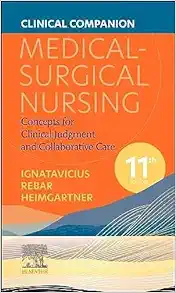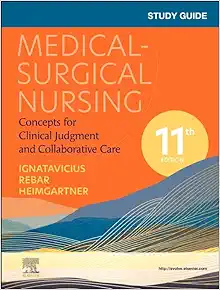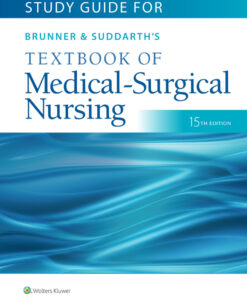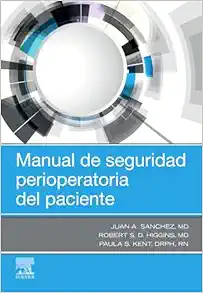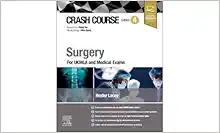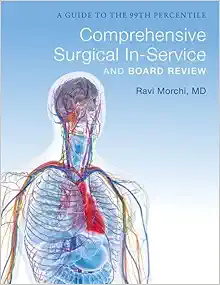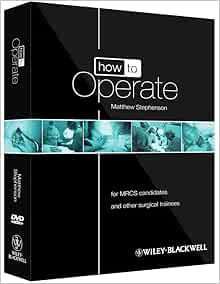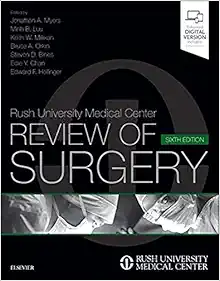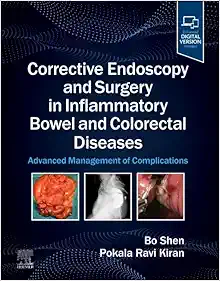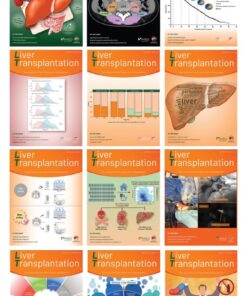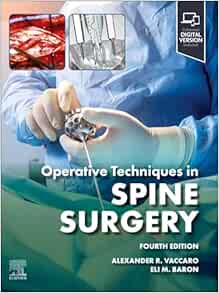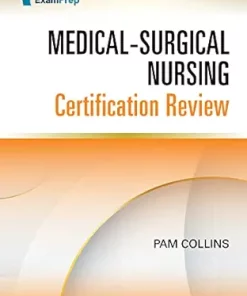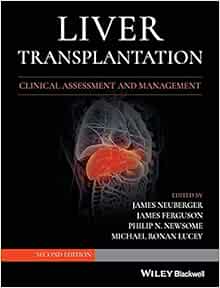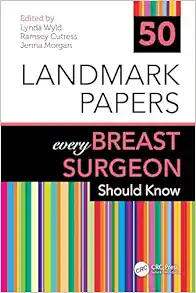- Print Length: 405 pages
- Publisher: Springer; 1 edition (October 26, 2018)
- Publication Date: October 26, 2018
- Language: English
- Format: PDF Original
- ==========================+======================
-
Note : We will send ebook download link after confirmation of payment via paypal success
Payment methods: Visa or master card (Paypal
Quality Spine Care: Healthcare Systems, Quality Reporting, and Risk Adjustment 1st Edition
$10
by John Ratliff (Author, Editor), Todd J. Albert (Author, Editor),
Quality Spine Care: Healthcare Systems, Quality Reporting, and Risk Adjustment 1st Edition
by John Ratliff (Author, Editor), Todd J. Albert (Author, Editor),
Quality reporting is a rapidly growing area. Each year, new regulations in the US from the Council of Medicare and Medicaid Services make quality reporting a larger factor in determining reimbursement practices. Quality metrics are common parts of European clinical practice. Value of care is a focus of all payers, with specific interest directed at assessing the quality of care provided by a given healthcare team. While there are many publications in this space, no text has sought to provide an overview of quality in spine care.
Quality measurement and quality reporting are ever growing aspects of the healthcare environment. Quality assessment is valuable to all healthcare stakeholders: patients, physicians, facilities, and payers. Patients are drawn to facilities that provide high value care; public reporting systems and grading systems for hospitals offer one opinion with regard to “high quality care.” Most physicians email inboxes are inundated with offers of recognition for being a “Top Doc” for a nominal fee. Some payers offer incentives to patients who chose to be treated at “Centers of Excellence” or similar facilities; the definition of “Excellence” may be unclear.
There is little consensus on how to measure quality, how to incorporate patient and procedure factors and achieve accurate risk adjustment, and how to define value of care. Regardless of these challenges, regulatory efforts in the US, as well as numerous international efforts, make quality assessment and quality reporting an important part of physician behaviour.
Physician and facility reimbursement for procedures are often tied to quality metrics. Spine procedures are costly, elective, and are a focus of many payer-based programs. Hence, spine care is often a focus of quality reporting efforts. This text summarizes the state of the art with regard to quality measurement, reporting, and value assessment in spine care. We will review quality reporting in the US and internationally. Chapters will outline how quality improvement efforts have achieved success in hospital systems. The reader will be provided with insights in how to achieve success incorporating quality metrics into spine care.
Features:
1. Illustrates the state of the art in spine quality reporting: There is no text that thoroughly addresses quality assessment and quality reporting in spine care; there are, however, numerous articles in this space. This book provides a definitive text covering the state of the art for quality reporting in spine care and will be of value to the international orthopedic and neurosurgical spine community.
2. Provides insight on quality reporting in different healthcare systems: The text will allow for comparison of different quality reporting systems from different health care systems. This will provide practitioners with insight into the strengths and weaknesses of different approaches to quality reporting, and may drive improvement in quality assessment and reporting systems. A single text that features review of US, European, and Australia/Asian health care systems’ quality reporting is novel and will be thought provoking for readers.
3. Describes the US and international Healthcare reimbursement systems: Practicing physicians are provided with little information and less insight into the vagaries of the US and other healthcare systems. The text will provide insight into code development, valuation, and how quality reporting affects physician reimbursement
4. Explains risk adjustment: Appropriate risk
Product details
Related Products
GENERAL SURGERY
GENERAL SURGERY
GENERAL SURGERY
Thoracic Surgery Atlas, 2nd Edition (True PDF from Publisher)
GENERAL SURGERY
GENERAL SURGERY
GENERAL SURGERY
GENERAL SURGERY
Behind the Knife – ABSITE Podcast Companion, 3rd edition (EPUB)
GENERAL SURGERY
GENERAL SURGERY
GENERAL SURGERY
GENERAL SURGERY
GENERAL SURGERY
GENERAL SURGERY
GENERAL SURGERY
GENERAL SURGERY
GENERAL SURGERY
GENERAL SURGERY
The General Surgeon’s Guide To Passing The Oral Boards (EPUB)
GENERAL SURGERY
GENERAL SURGERY
EMQs in Surgery (Medical Finals Revision Series), 2nd Edition
GENERAL SURGERY
Allgemein- und viszeralchirurgische Eingriffe im 3. und 4. Jahr
GENERAL SURGERY
GENERAL SURGERY

